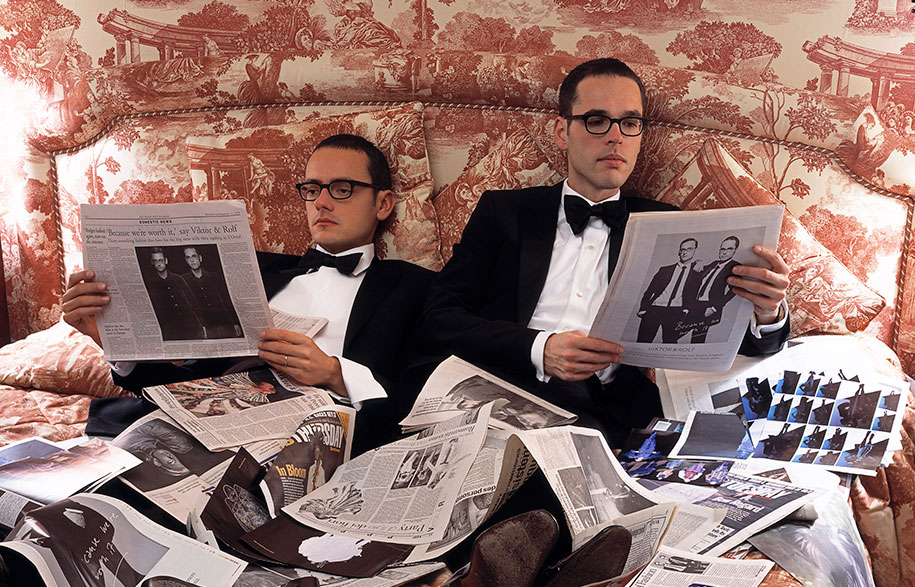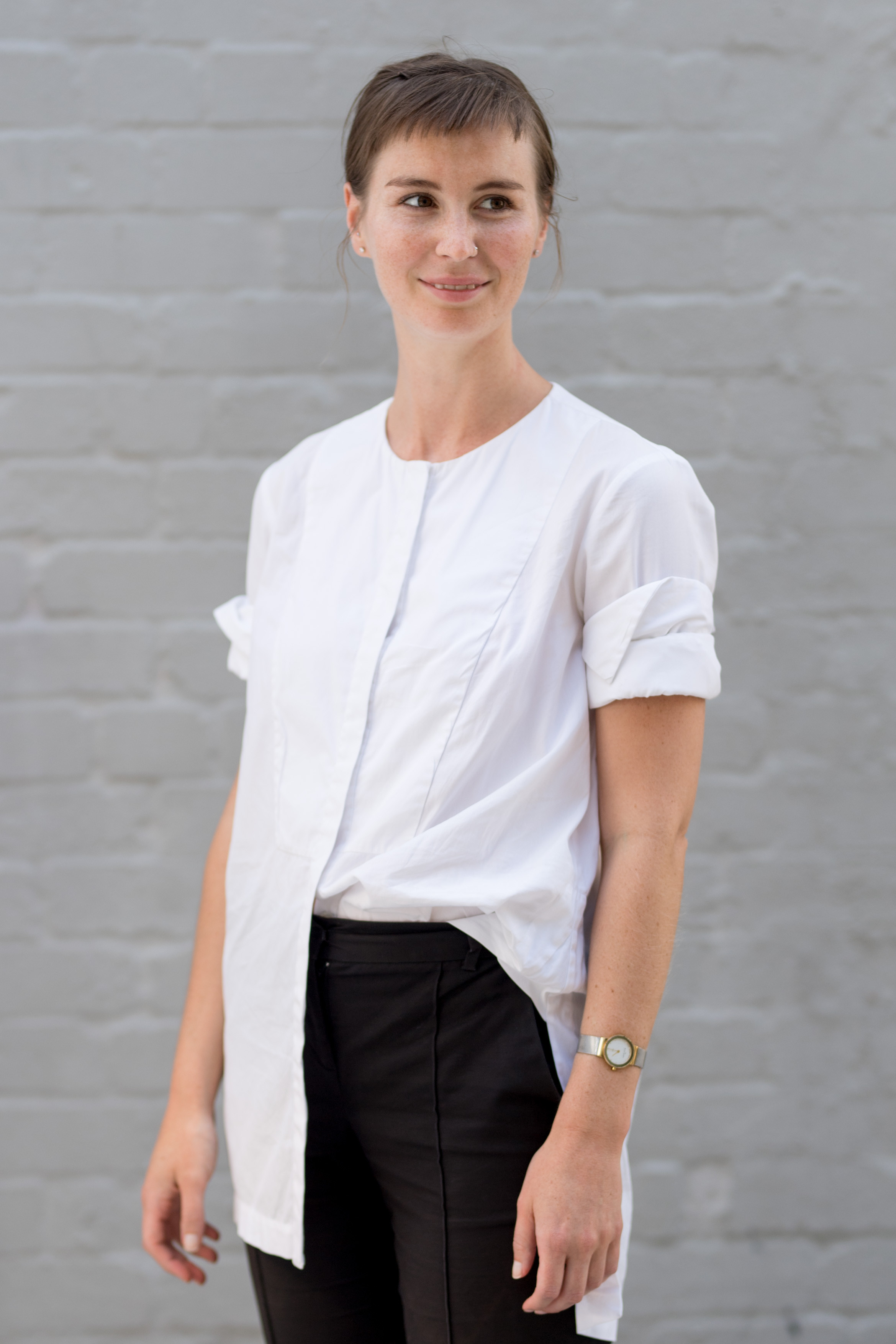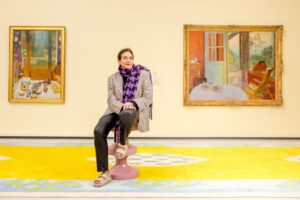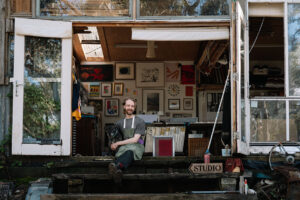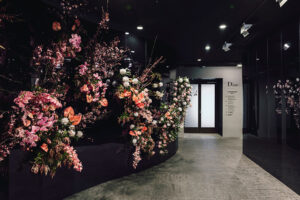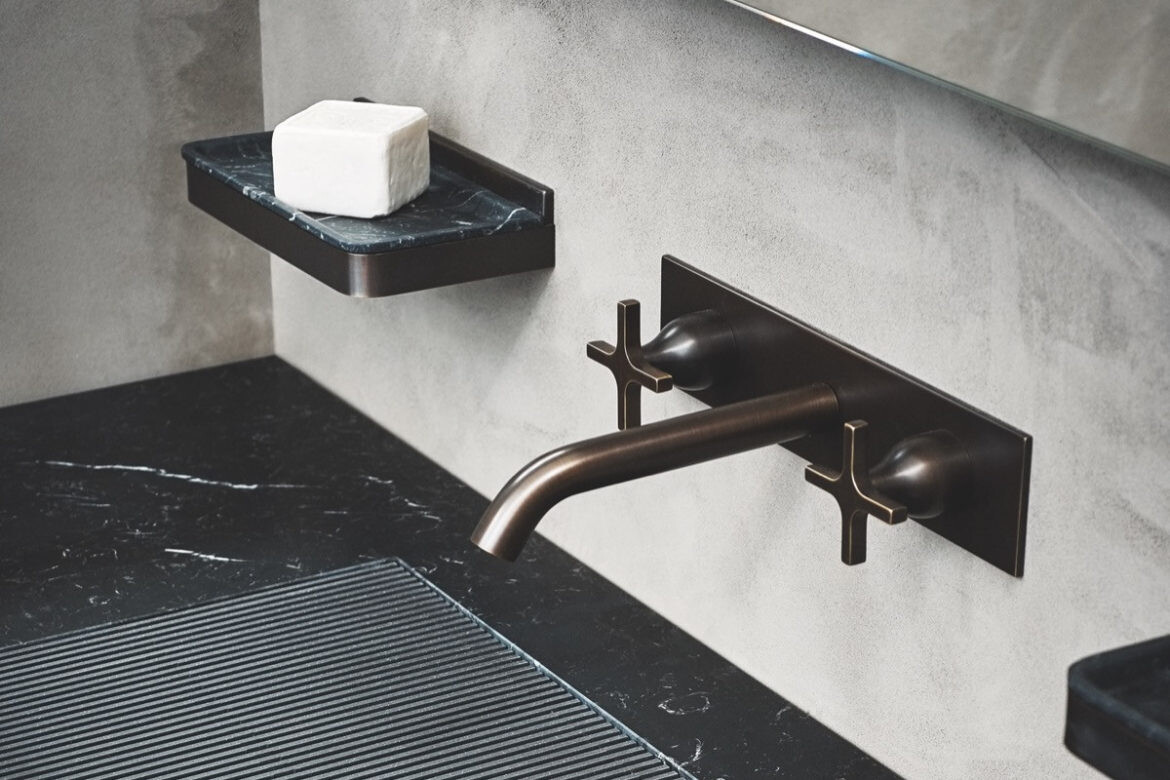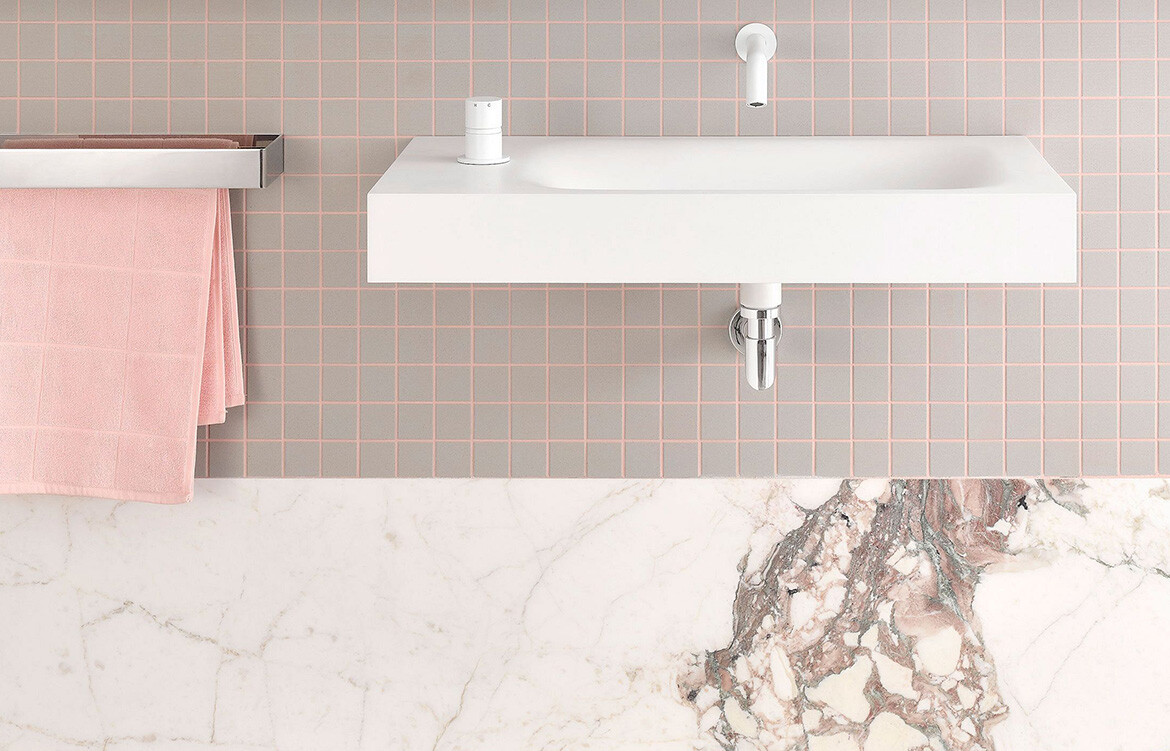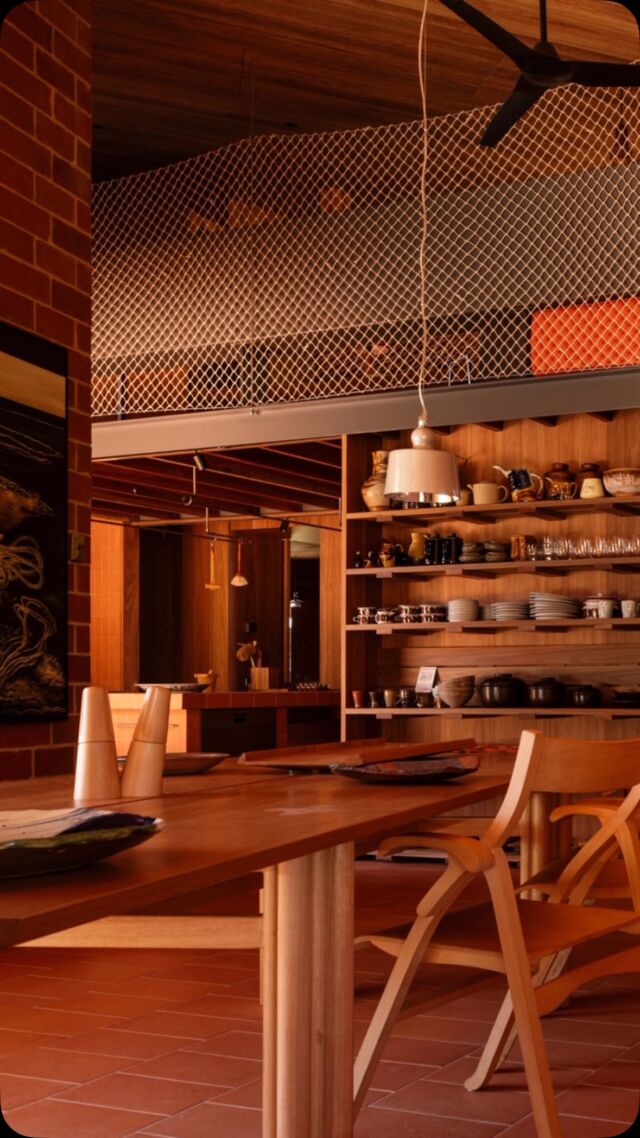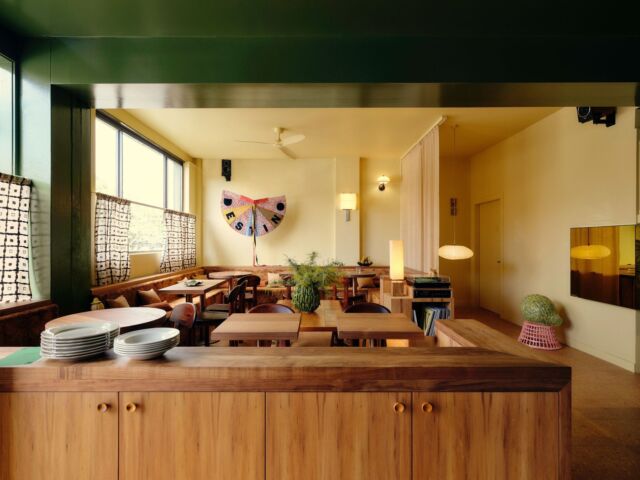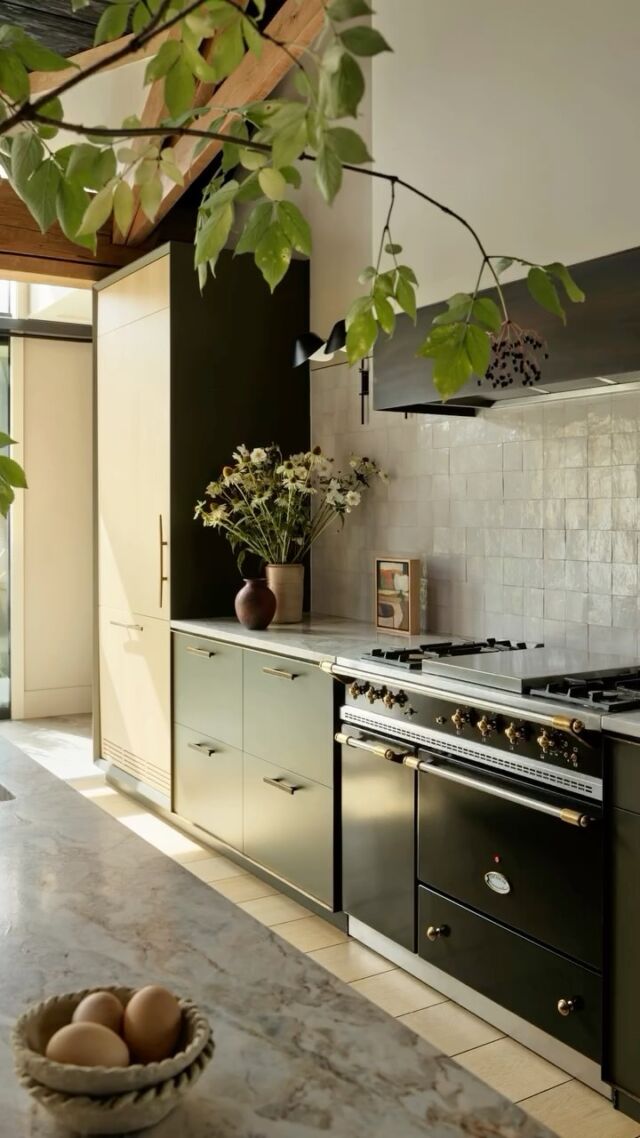Viktor&Rolf are a long-standing European fashion house that has been around since the early 90s. But, for me, they’ve sat safely on the peripherals. I shouldn’t discount that staying relevant – and afloat – in the tumultuous fashion industry for more than 20 years is a feat in itself. But I was only vaguely aware of what they were up to; a perfume launch here, an actual perfume launch there, an homage to Dior’s post-war flamboyance in the face of the GFC.
It wasn’t until their exhibition at the NGV, Viktor&Rolf: Fashion Artists, that the full weight of their artistic vision, cutting-edge eye and accomplishments hit home. They were light-years ahead of their time in 1993 when, as amateurs and recent graduates, they took out all three prizes at the then-called Salon Européen des Jeunes Stylistes in Hyères, France. And they still are today, 23 years later.
It’s immediately obvious exactly how much involvement Viktor Horsting and Rolf Snoeren actually had in curating this exhibition. In collaboration with international guest curator Thierry-Maxime Loriot and the ever-talented staff at the NGV, it was a lot. “The pieces that we show in this exhibition are all couture pieces and for us couture is like a laboratory: it’s a place to experiment,” they said at the opening night Q&A.
The three main areas showcase some of Viktor&Rolf’s most memorable moments. And protestations. Calling out the anxiety surrounding the eventually anti-climactic Y2K bug Viktor&Rolf’s 1998–99 collection Nuclear Couture showed top-heavy silhouettes with overblown collars containing silk balloons around the neckline. The balloons were then removed and sent back down the runway to reveal beautiful, billowing and drapery evoking the shape of a mushroom cloud.
Five years into their career in 1999 they presented their first Houte Couture collection, Russian Dolls. American model Maggie Rizer stepped onto a rotating stage and the pair proceeded to dress her in layer upon layer of Haute Couture before the audience. She walked off stage closing the show in 70 kilograms.
In 2008 they were as sick of fast fashion as they were unrealistic deadlines. So they simply said no. “The only word came to mind was ‘no’. We started to sketch coats around it, [sketch] dresses around it…It’s a good example of how we work; we just take everything that’s there in terms of emotions. That’s always been the starting point.”
If there’s one thing I learnt it’s that the show is as much a part of the collection as the pieces themselves. It’s how they covey their message. That’s the other thing I learnt: they’re artists who use their work, fashion, to express themselves, their political opinions, and their personal struggles.
National Galleries of Victoria
ngv.vic.gov.au/exhibition/viktorandrolf
Words by Holly Cunneen


